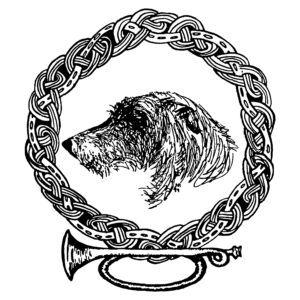Be sure you're covered without limits where needed.
Anyone who says it's smarter to set aside the money you
would spend on insurance premiums in a dedicated savings
account for vet care is a dinosaur. Emergency surgery can run as
high as $5,000. Chemotherapy costs thousands. Even everyday
expenses like dental surgery can cost $2,500 or more.
Whole Dog Journal editor Nancy Kerns says her dog Otto
needs expensive medications and frequent radiological monitoring
for abnormal growths. In 2022, Nancy says she paid $3,530.90 in
premiums, deductible, and her 10% co-insurance. But she saved
$1,610.10 by having him insured.
According to the North American Pet Health Insurance
Association 2023 State of the Industry Report, the average
accident and illness premium for dogs is $640.04 per year, or
$53.34 per month.
Not bad, is it? Let's look at a few things to consider in choosing
an insurer.
1. Age and Breed Matter. Insure your puppy or dog as soon
as possible. The older the dog, the more the insurance
costs, and some companies only insure dogs up to a certain
age. Breed can affect premiums, too. The Golden
Retriever, for example, has a known high incidence of
cancer.
2. Read the Entire Policy. Download a sample of the
insurance policy and read it, especially exclusions and
limits. If you cannot download a copy, email the
company and request one. If t refuse to send one, move
on. If you have Questions, email them so you get a
written response.
3. Exclusions. Congenital/hereditary diseases are usually
excluded, which may be (X for you, but it's up to you to
consider the risk. For example, hip dysplasia is hereditary,
and larger breeds are more prone. Be wary, too, of
stickywicket worded exclusions, like: "If your pet has
undiagnosed masses prior to the end of the waiting period,
any mass or condition where a mass is a clinical sign is not
covered, including cancer," Email the company to clarify
unclear wording.
4. Limits. An annual limit on your policy, for example the
policy covers everything till you reach $5,000, will cost
you less in premiums, but it might leave you with
heartache. Sure, most dogs do not reach policy limits, but
what if your dog gets cancer and you reach your $5,000
limit in July? And he still needs treatments? Choose
unlimited coverage on everything. Save money on
premiums with a higher deductible and co-insurance. Skip
riders you don't need.
5. Continued Coverage. Be sure the policy states coverage
continues even if your dog becomes chronically ill. Be
wary of provisions that state they can cancel if your dog
contracts a chronic disease, like diabetes, or that they
only pay for that disease for one year. Research policies
carefully. Pay your premiums on time and do all health
maintenance that is required, like vaccinations, dental
cleanings, and annual visits. Giving your insurer an out
for not covering something is just throwing your money
away.
Cornell Dog Watch August 2023


